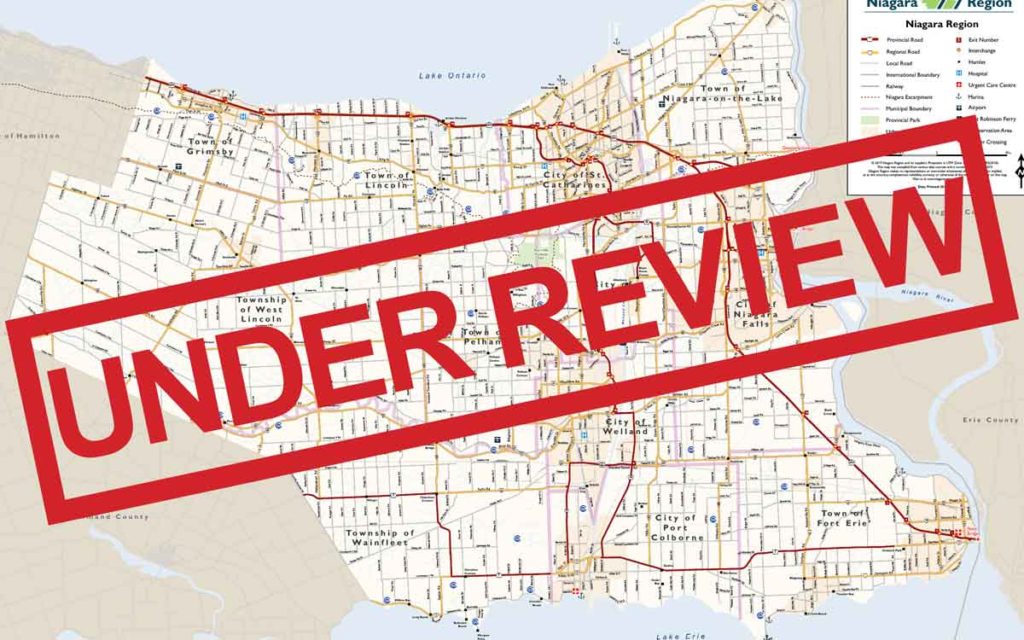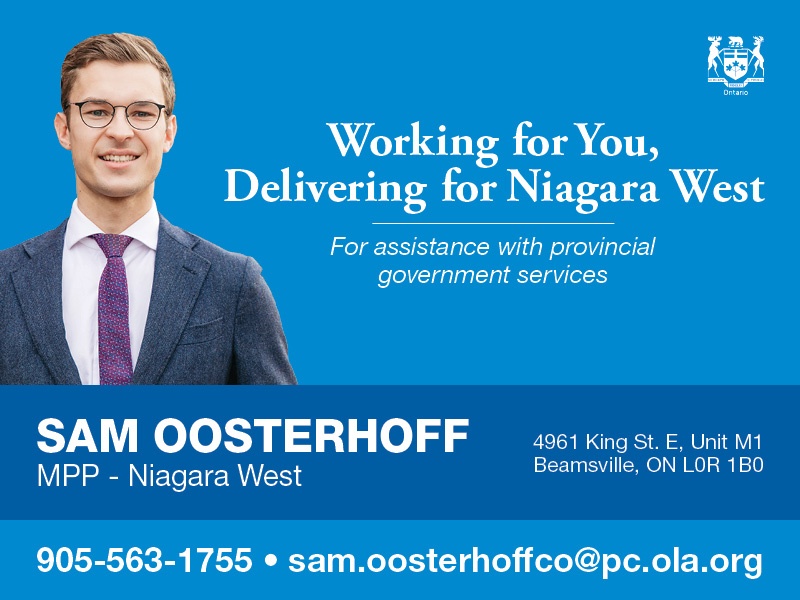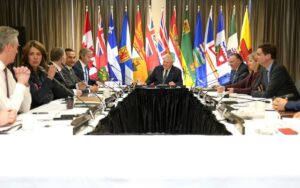
Since the province announced it would be reviewing (and perhaps amalgamating) Ontario’s eight regional governments back in January, many have wondered aloud what such a restructuring may look like locally.
Although several options have been tossed about, one particular model for reform seems to be getting more airtime than most.
Buoyed by a well-financed special interest group, the option of one megacity run at the regional level has, for weeks, been aggressively pushed at city council meetings, on local radio, in daily newspapers, and across social media.
On the surface, the idea of amalgamating Niagara’s 12 municipalities into one large city, from an efficiency stand point, seems sensible.
However, the model is fraught with risk and a number of issues render it far less workable than the other logical option: four single-tier cities.
Firstly, Niagara is very large in terms of area, covering some 1,854 square kilometres.
For context, the City of Hamilton — with almost 150,000 more people than all of Niagara — extends only 1,138 square kilometres. Toronto is packed into just 630 square kilometres.
It takes about 45 minutes to drive from Grimsby to Fort Erie on the highway. While, it takes nearly an hour to travel from Old Town Niagara-on-the-Lake to Wainfleet. The sheer distance between Niagara’s various communities makes wholesale amalgamation, if not completely unthinkable, at least physically impractical.
It’s true, Ontario is host to a handful of previously amalgamated single-tier cities larger than the proposed megacity of Niagara. For example, with a population of only 162,000, Sudbury is the province’s largest municipality by area, covering over 3,200 square kilometres.
However, Sudbury and Niagara are simply incomparable. Despite exceeding 3,000 square kilometres, Greater Sudbury’s urban density is highly concentrated. The majority of residents live in what was the main city centre pre-amalgamation. Niagara has many more significant pockets of population, dotted far apart around a geographically diverse peninsula.
In addition, Sudbury’s large-scale merger is considered by many to have been a failure. Cost savings were never realized, the area has seen virtually no growth, and — now almost two decades after amalgamation — there is a sustained sense of disunity and distrust amongst the once distinct communities.
A mega-merger in Niagara could well provoke similar resentment. A way to avoid this, but still have amalgamation, would be to just consolidate pre-existing analogous areas.
At the turn of the millennium, the Canadian Electoral Commission began to develop and promote the concept of “communities of interest”.
A community of interest, according to University of Saskatchewan professor John Courtney:
“…is based on the recognition and acceptance of the idea that a geographically concentrated group shares a certain attribute [or attributes] in common. That attribute might be defined according to location, as with a neighbourhood or a set of municipal boundaries; as the product of a common pursuit, such as an economic interest; or as the presence of a common trait, such as a social, racial, religious, or linguistic characteristic.”
The federal Liberals employed the concept of communities of interest during the 2003 redistribution of electoral districts. In doing so, the government placed shared lived-experience and common goals on equal ground with population parity.
For all intents and purposes, the redistribution was a success.
Prior to the 2003 redistribution, as an illustration, Niagara was home to the electoral district of Erie—Lincoln. The riding consisted of Fort Erie, Port Colborne, Lincoln, West Lincoln, Wainfleet, and Dunnville.
Erie—Lincoln was a jumbled mix of semi-urban and rural communities with wildly divergent histories and few socioeconomic interests in common. The electoral district was dissolved in the 2003 restructuring and its respective communities were partitioned off around the region.
Fort Erie was combined with Niagara Falls and Niagara-on-the-Lake to form the present day federal and provincial riding of Niagara Falls. Bookended to the north and south by Lake Ontario and Lake Erie, bordered by the Niagara River, connected by the QEW, with vested interests in the tourism industry, sharing an ethos of internationalism, the fusion made — and, indeed, continues to make — a whole lot of sense.
Similarly, the current riding of Niagara West – essentially made up of Wainfleet, Pelham, Lincoln, West Lincoln, and Grimsby – connects the region’s five westernmost communities; all of which are rural, agricultural economies, united by a small-town feel.
When selecting an amalgamation model, why not follow the pre-existing guideposts put in place following years of research and consideration? The legwork is done. Disband the regional government and merge the 12 local municipalities into four single-tier cities, largely based off of Niagara’s four current electoral districts.
The model would provide political symmetry, create minimal disruption, preserve communities of interest, and still see a dramatic decrease in elected officials and a meaningful reduction in bureaucracy.
With 126 politicians and 13 councils — accommodating a mere 450,000 people — Niagara’s governance structure inarguably needs change. However, amalgamating into one massive city is, at present, not the best option.
The Region’s dysfunction is well-known. Plagued by infighting, factionalism, closed session leaks, and, more importantly, poor service delivery (think waste management), Niagara’s upper-tier government is not only undependable, it’s inhibiting growth and development.
It would be inane to consolidate the 12 municipalities under one regional umbrella and hand the keys to the kingdom off to an institution that has done nothing to merit more responsibility.
Perhaps in 30 years when Niagara’s population creeps closer to 700,000, and if significant improvements and additions are made to the peninsula’s transportation network, and if the area’s political system matures, maybe then a “City of Niagara” would make sense.
But, for now, we need not reinvent the wheel to see progress: just follow the guideposts.




















